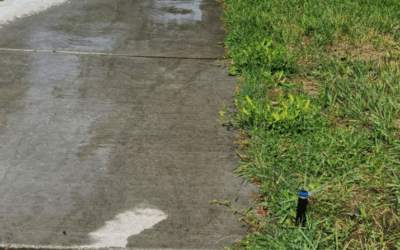Make our newscast part of your daily listening routine. Subscribe on Spotify (or wherever you listen to podcasts).
Despite an acute need to conserve water, Jackson shouldn’t be worried about quantity anytime soon.
That’s according to government and water experts, including David Lee.
“We’re not in the worst drought we’ve ever seen before by far,” he said, “things could be a lot worse.
Lee works at the Teton Conservation District and issues a biweekly report for water wonks.
July is historically the driest month in the Tetons and this time of year typically brings some level of drought. As of early August, several tributaries including Flat Creek and the Snake River are nearing record low flows, water temperatures are high, stressing fish, and soil moisture is far below normal.
Beyond that, the town recently issued an emergency ordinance limiting water usage on Jackson lawns.
That, however, is the result of short-term issues, the town said. Those include a few malfunctioning wells and a surge in use the summer before, two more wells are expected to come online.
Big picture, Jackson has a wealth of water. It’s largely pulled from a vast aquifer by seven wells. That number is expected to grow to nine by next spring to accommodate increased demand and planned development like in northern South Park.
“I feel like we’re in a good place in terms of long-range planning,” Town of Jackson Public Works director Floren Poliseo said. The aquifer is something unique to many communities in the arid West, she added.
Water advocate Phil Powers agreed. He’s the executive director of Protect Our Water Jackson Hole.
He commended the county’s work on creating a water quality management plan and water quality advisory board. He’s encouraging bigger conversations about water volume.
“I’m by no means sounding an alarm, but as you look at some of these numbers in the Teton Conservation District report, you start to wonder what’s going to happen,” he said.
Climate change and overconsumption are depleting reservoirs throughout the west. Teton County could eventually feel those impacts, Powers said.
Poliseo said the town is thinking ahead and using water conservation tactics to tackle water volume, keeping the aquifer and the environment healthy.






